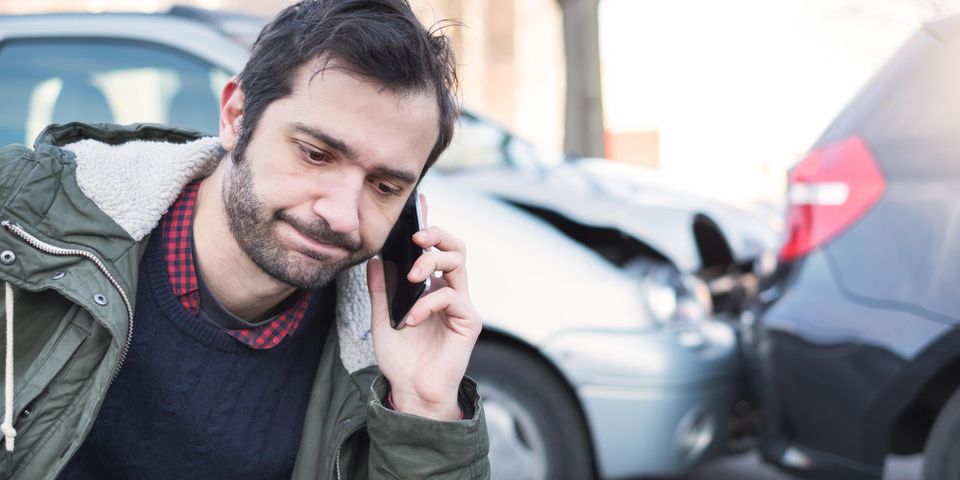How Fault Is Determined in a Car Accident

Accidents occur even to the most careful and experienced drivers, often resulting in a car injury that can create changes and difficulties in an individual’s life. Since a crash can happen quickly, it’s sometimes challenging to establish which driver is to blame. However, fault must be determined to receive compensation for the injuries you’ve sustained.
What Does “At-Fault” Mean In Connecticut?
Negligence is at the center of determining fault in car injury cases. Even minor infractions can be enough to prove a driver was negligent and at-fault. The driver or their insurance company would then have to pay the injured party damages.
However, each state implements the concept of negligence differently. Connecticut employs a modified comparative negligence system. Since many factors often contribute to car crashes, this system allows leeway for drivers.
Not all cases have a clear at-fault party. Two or more drivers on the road can make a simple mistake, leading to a crash. This can even mean that the injured party was, at least partially, at-fault for the accident. But, even if found partially to blame, they can still recover damages. Their attorney would have to prove that the other driver was 51% responsible for the accident.
How Is Fault Determined?
To prove that the other party was 51% at-fault, personal injury attorneys collect various forms of evidence.
Most commonly, they’ll use testimonies from the individual who was injured, along with any witnesses to the crash. Once an accident occurs, collect the names and contact information of eyewitnesses if possible.
Most likely, a police officer will respond to the crash. Their report and testimony will be valuable in proving fault.
Attorneys also rely on medical professionals and accident experts for testimony. They will establish precisely how the crash occurred and how it led to the related injuries.
By using advances in technology, attorneys can make determining fault easier. Many police and traffic officers wear camera vests, offering direct footage of the accident or the scene shortly after. There are also more traffic and street cameras that capture driving conditions in clear detail.
Photographic evidence is also helpful. Taking pictures of the scene with a cellphone immediately following the crash can help prove who was at fault. Take photos from every angle of the collision, as well as the injuries that you sustained.
A car injury can result in medical bills, lost wages, and many other setbacks. If someone is to blame for your injuries, reach out to Peck & Peck Attorneys At Law. For over 35 years, they’ve developed a strong reputation throughout Hartford, CT, for the compassion they show their clients and the aggressive tactics they use to provide them with the outcome they need. For more information on their practice areas, visit their website. To schedule a free consultation, call (860) 236-4782.
About the Business
Have a question? Ask the experts!
Send your question

